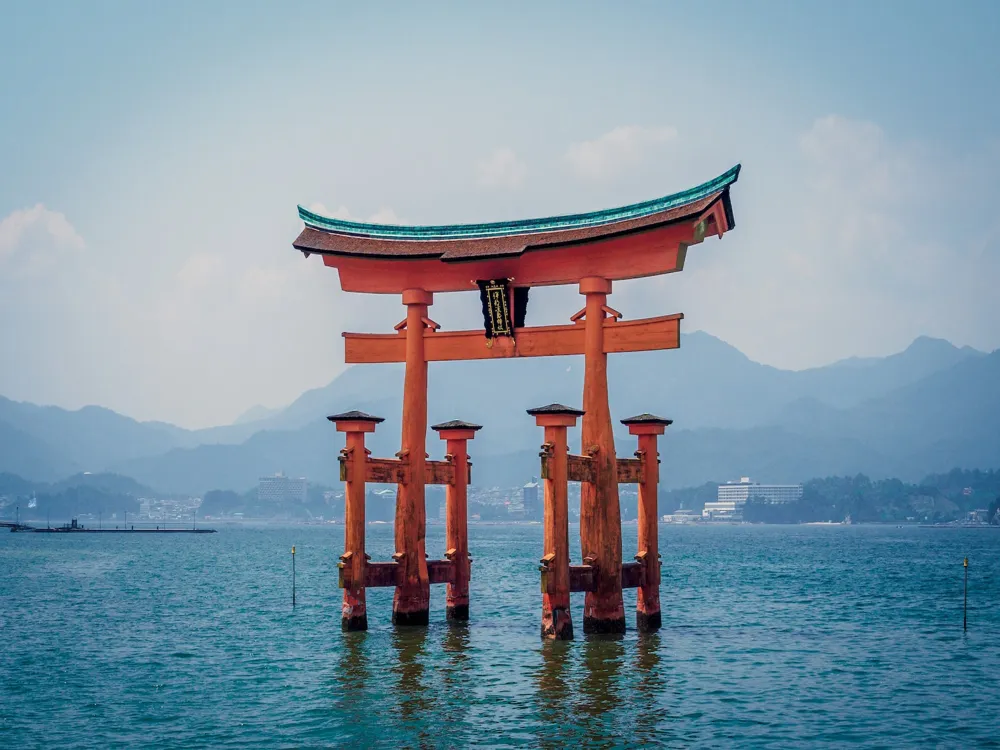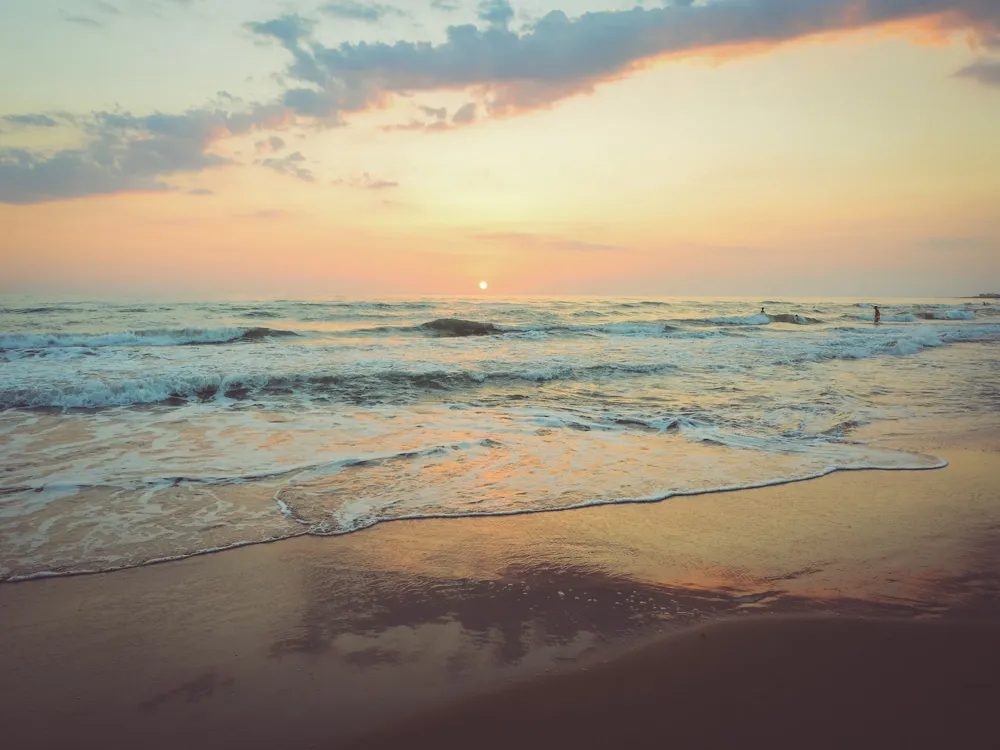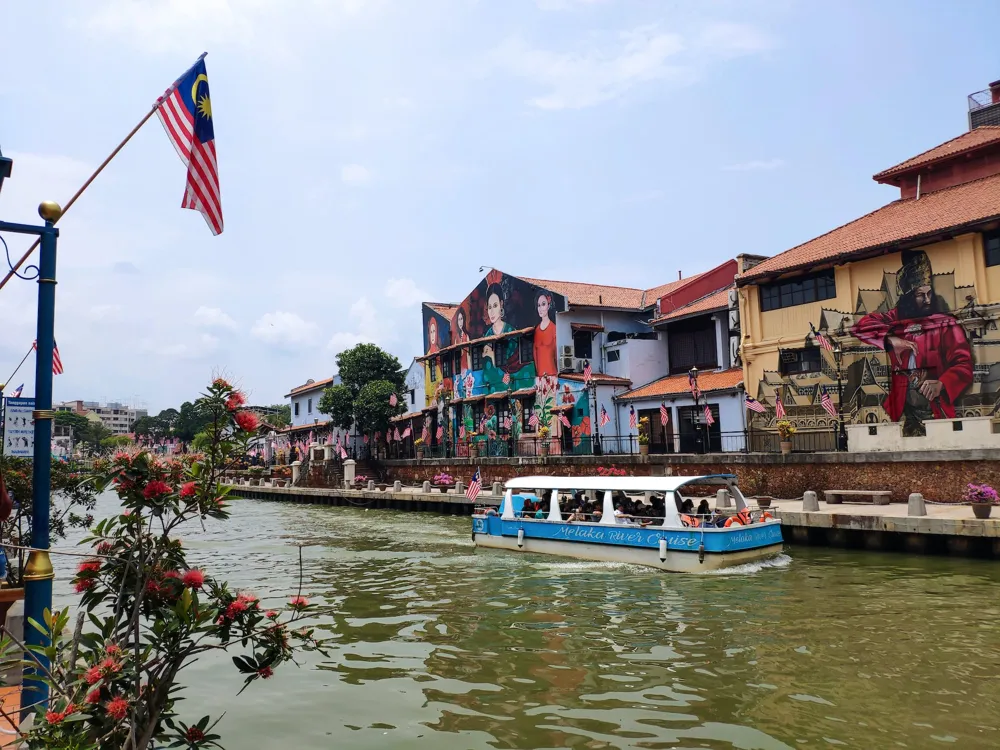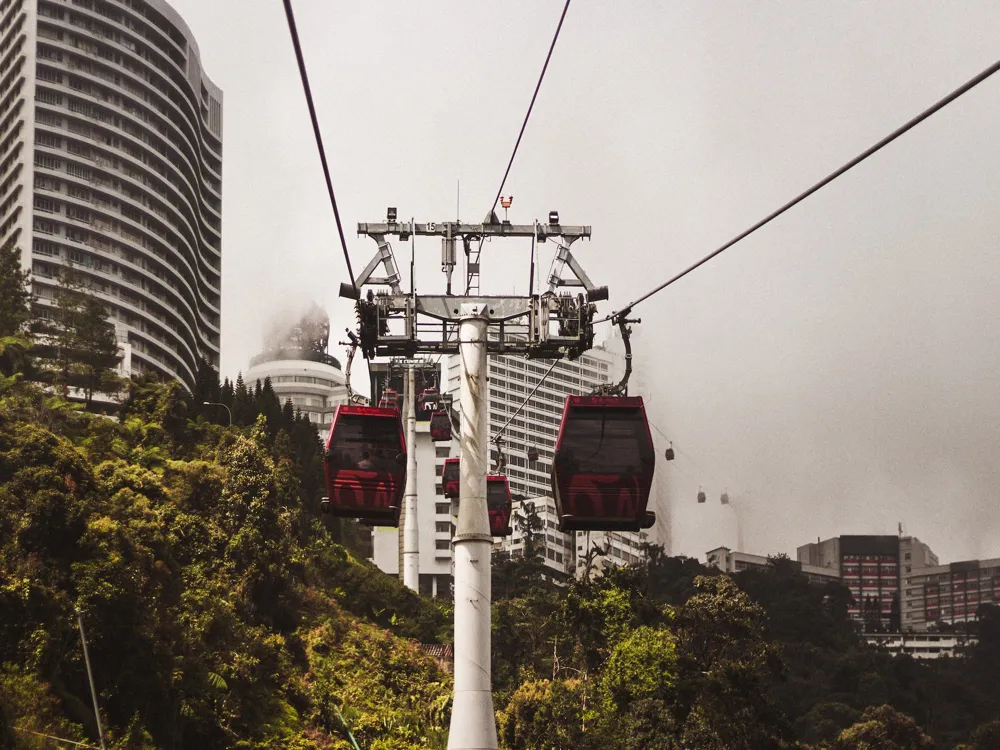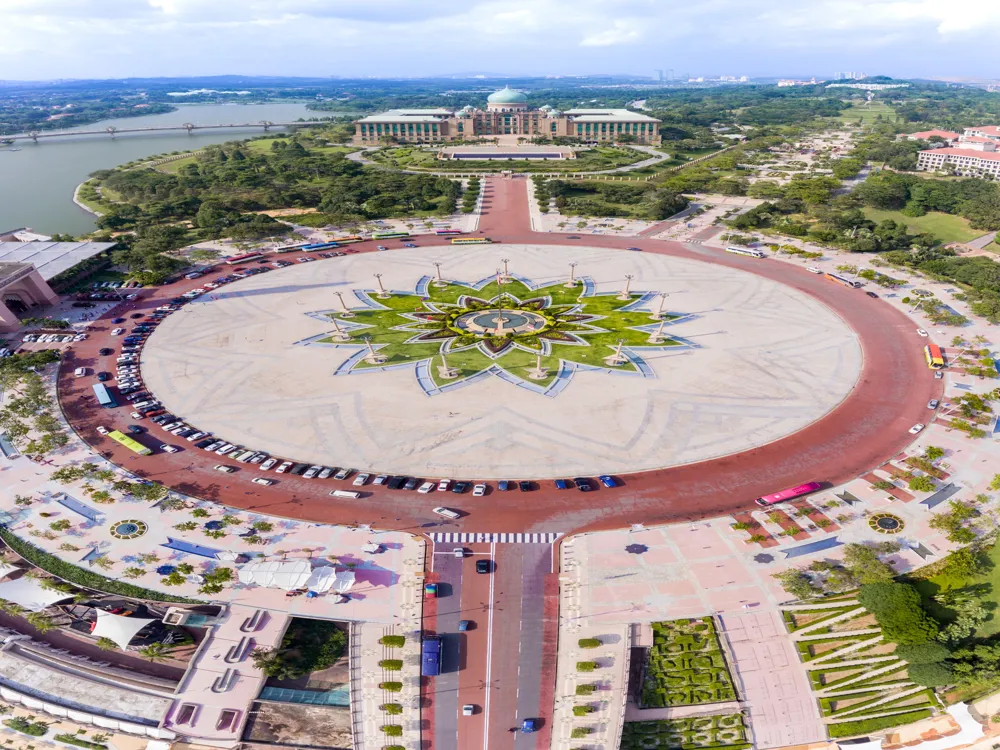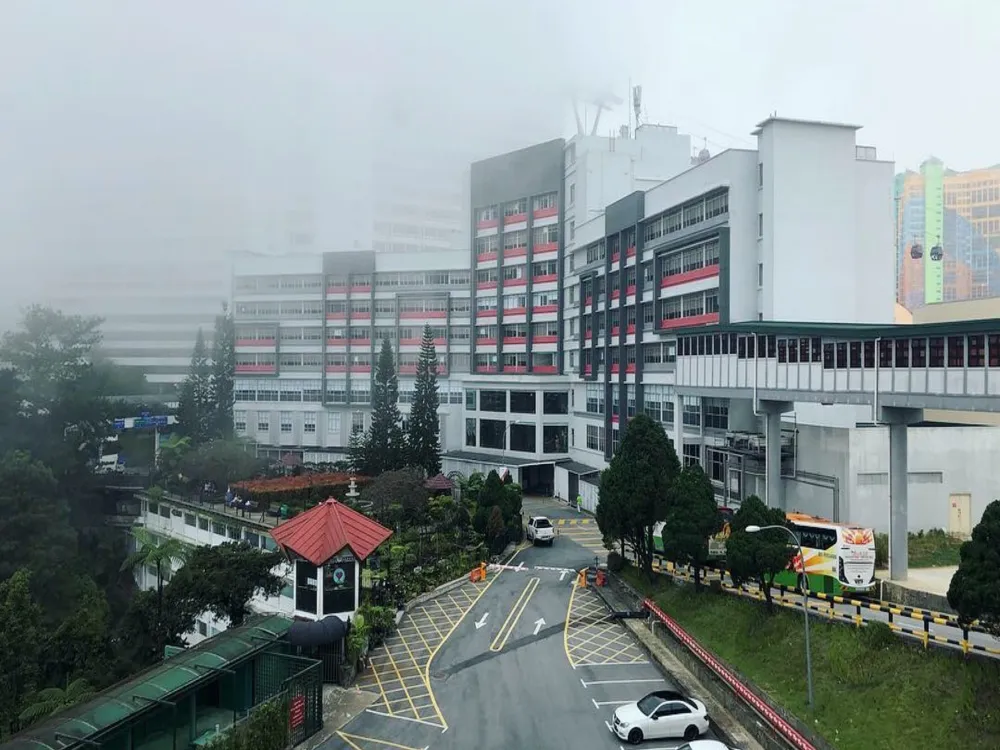Pulau Ketam, often referred to as 'Crab Island', is a unique and fascinating destination located off the coast of Port Klang, near Kuala Lumpur. This charming fishing village is renowned for its distinctive lifestyle and cultural vibrancy, offering a stark contrast to the bustling city life of Kuala Lumpur. The island, accessible only by boat, stands as a testament to the rich cultural tapestry of Malaysia, blending tradition with the simplicity of island life. The history of Pulau Ketam dates back to the early 1880s when it was first settled by fishermen. These settlers, primarily from the southern parts of China, brought with them rich cultural traditions and fishing expertise, which have shaped the island's way of life. Over the years, Pulau Ketam has evolved, yet it has retained its authentic charm and continues to be a thriving fishing community. The island's economy revolves predominantly around fishing and related industries, although in recent years, it has started to gain popularity as a tourist destination. Visitors to Pulau Ketam are greeted with a labyrinth of wooden boardwalks, which serve as the main thoroughfares connecting the colorful stilt houses. The absence of cars makes for a serene experience, with bicycles and electric scooters being the primary modes of transport. The island's architecture, lifestyle, and atmosphere are imbued with a sense of communal living, evident in the close-knit community and the warm hospitality extended to visitors. The architecture of Pulau Ketam is a profound reflection of its history and the adaptability of its people. The most striking feature is the stilt houses, constructed above the tidal mudflats. These homes, built primarily from wood, are designed to withstand the fluctuating tides. The architectural style is a blend of traditional Malaysian and Chinese influences, a reminder of the island's ancestral roots. Each house in Pulau Ketam is unique, showcasing personal touches from the inhabitants. Bright colors are a common theme, with houses often painted in vibrant hues, reflecting the lively spirit of the island. The roofs are typically pitched, allowing for efficient drainage during Malaysia's heavy rainfalls. The interiors of these homes are modest yet comfortable, often decorated with fishing paraphernalia, family heirlooms, and religious symbols, depicting the deep cultural and spiritual connections of the residents. The communal spaces on Pulau Ketam are equally intriguing. The village is dotted with small temples, clan houses, and community halls, each telling a story of the island's heritage. The temples, adorned with intricate carvings and traditional Chinese lanterns, are centers for cultural and religious activities. The clan houses serve as gathering spots for family and community events, emphasizing the strong communal bonds that exist on the island. As a visitor, it's important to show respect for the local customs and traditions. Dress modestly, be mindful of religious practices, and always ask for permission before taking photographs of residents or their homes. Since there are no cars on Pulau Ketam, be prepared to walk or rent a bicycle. This is not only an eco-friendly way to explore but also immerses you in the island's laid-back atmosphere. Don't miss out on the local seafood, especially the crab dishes, which are a specialty. Try the local eateries and street food for an authentic taste of island cuisine. Accommodations on Pulau Ketam range from homestays to modest hotels. Booking in advance is recommended, especially during peak seasons or local festivals. Being an ecologically sensitive area, visitors are encouraged to be mindful of their environmental impact. Dispose of waste properly and avoid disturbing the natural habitats. To get to Pulau Ketam, visitors typically travel by ferry from Port Klang, which is easily accessible from Kuala Lumpur by car, train, or bus. The ferry ride offers a scenic journey, giving travelers a glimpse of the local maritime life and the lush mangroves surrounding the island. Upon arrival, the absence of motorized vehicles on the island provides an immediate sense of tranquility, a welcome escape from the hustle and bustle of city life. Read More:Overview of Pulau Ketam, Kuala Lumpur
Architecture of Pulau Ketam
Tips When Visiting Pulau Ketam
Respecting Local Culture and Traditions
Transportation on the Island
Dining and Cuisine
Accommodation Options
Environmental Awareness
How To Reach Pulau Ketam
Pulau Ketam
Kuala Lumpur
₹ 18,000 onwards
View kuala-lumpur Packages
Weather :
Tags : Island
Best Time to Visit : Weekdays
Parking : Available outside Asa Niaga Harbour City Terminal
Planning a Trip? Ask Your Question
Kuala-lumpur Travel Packages
View All Packages For Kuala-lumpur
Top Hotel Collections for Kuala-lumpur

Private Pool

Luxury Hotels

5-Star Hotels

Pet Friendly
Top Hotels Near Kuala-lumpur
Other Top Ranking Places In Kuala-lumpur
View All Places To Visit In kuala-lumpur
View kuala-lumpur Packages
Weather :
Tags : Island
Best Time to Visit : Weekdays
Parking : Available outside Asa Niaga Harbour City Terminal
Planning a Trip? Ask Your Question
Kuala-lumpur Travel Packages
View All Packages For Kuala-lumpur
Top Hotel Collections for Kuala-lumpur

Private Pool

Luxury Hotels

5-Star Hotels

Pet Friendly







